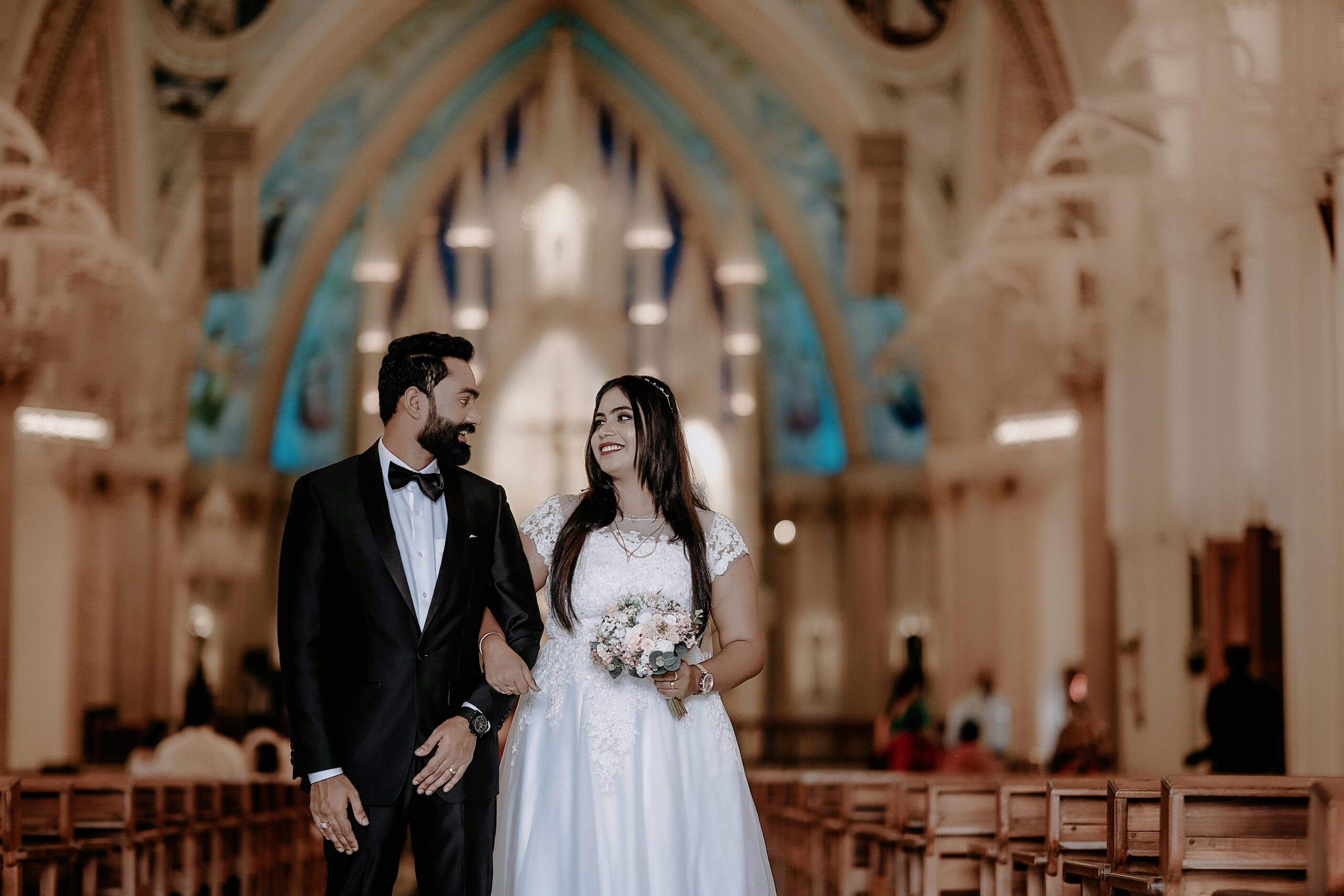Goan weddings are lively and colourful, showing the rich culture of Goa. They mix Hindu and Christian traditions, which makes each wedding special. Here’s a look at the customs and rituals that make Goan weddings unique.
Goan Catholic Weddings
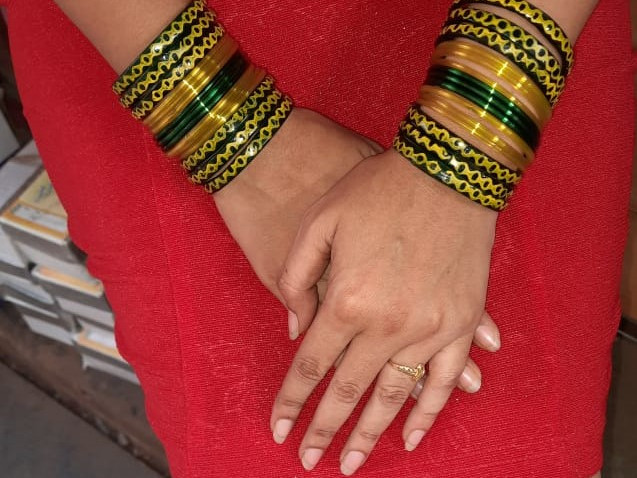
Chuddo
In Goan weddings, bangles are very important for the bride. She has to wear the best bangles, called “chuddo.” These bangles come in special colours and designs and are usually bought from a local seller, called a volar or kankonkar, who visits the bride’s home. The ceremony happens at the bride’s maternal uncle’s home. The colours of the bangles show how happy her married life will be. Each village has its own colours and number of bangles.
During the ceremony, the volar puts the bangles on the bride’s wrists. Family members can also get some bangles for themselves. The family gives money as a blessing, which goes on a tray by the bangle seller. Both Hindus and Christians in Goa take part in this chuddo ceremony. The bride receives gifts from her relatives and wears eight to nine bangles on her right wrist and seven to eight on her left wrist.
Roce
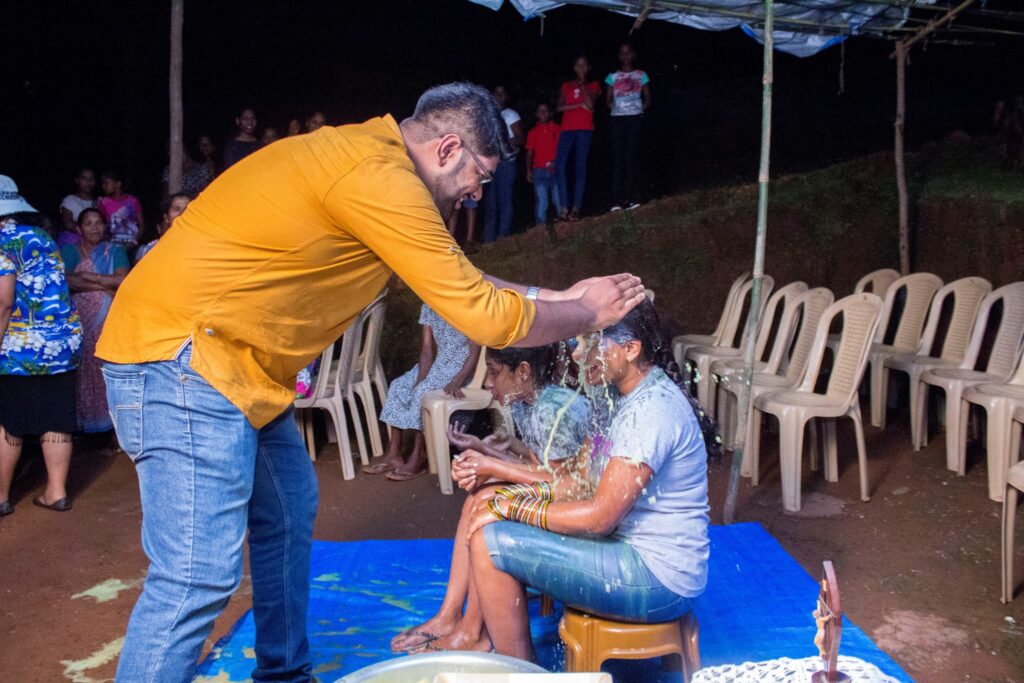
Then comes the ceremony where the bride and groom are covered with coconut milk by their family and friends at home. It takes place 2 to 3 days before the wedding. The coconut milk cleanses them and shows the end of their single lives.
Wedding Ceremony
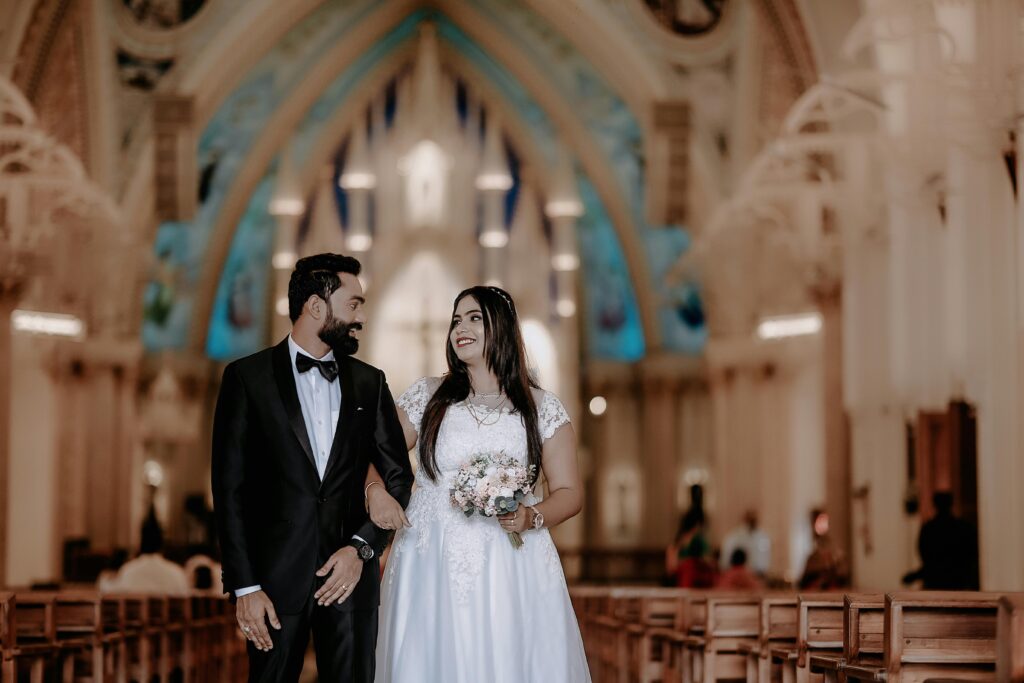
Catholic weddings in Goa happen in beautiful churches. The bride wears a white dress, and the groom wears a suit. The ceremony includes Bible readings, songs, and the couple saying their vows. The reception is joyful, with music and dancing. Family and friends come together to celebrate the couple’s new life.
Porthopon
After the wedding, there is a tradition called Appoune or Porthopon. The bride’s family invites the groom’s family to their home the day after the wedding. The bride wears a bright red saree called Saddo, and they have a big feast.This allows both families to know each other better.
Goan Hindu Weddings
Sakharpuda

Sakharpuda is the engagement ceremony where the bride and groom give each other rings to start their new life together. During this ceremony, the groom’s mother puts a mix of turmeric and red powder on the bride’s forehead as a blessing and gives her sweets. This shows happiness. The bride’s mother does the same for the groom.
Ganpati Puja

Ganpati Puja is an important part of a Hindu wedding. In this tradition, special prayers take place at the homes of the bride and groom to ask for blessings from Lord Ganesha. Before sending out any wedding invitations, the family places the first invitation card in front of Lord Ganesha.Most Hindu wedding invitations also have a picture of Ganesha on them.
Chuddo Ceremony
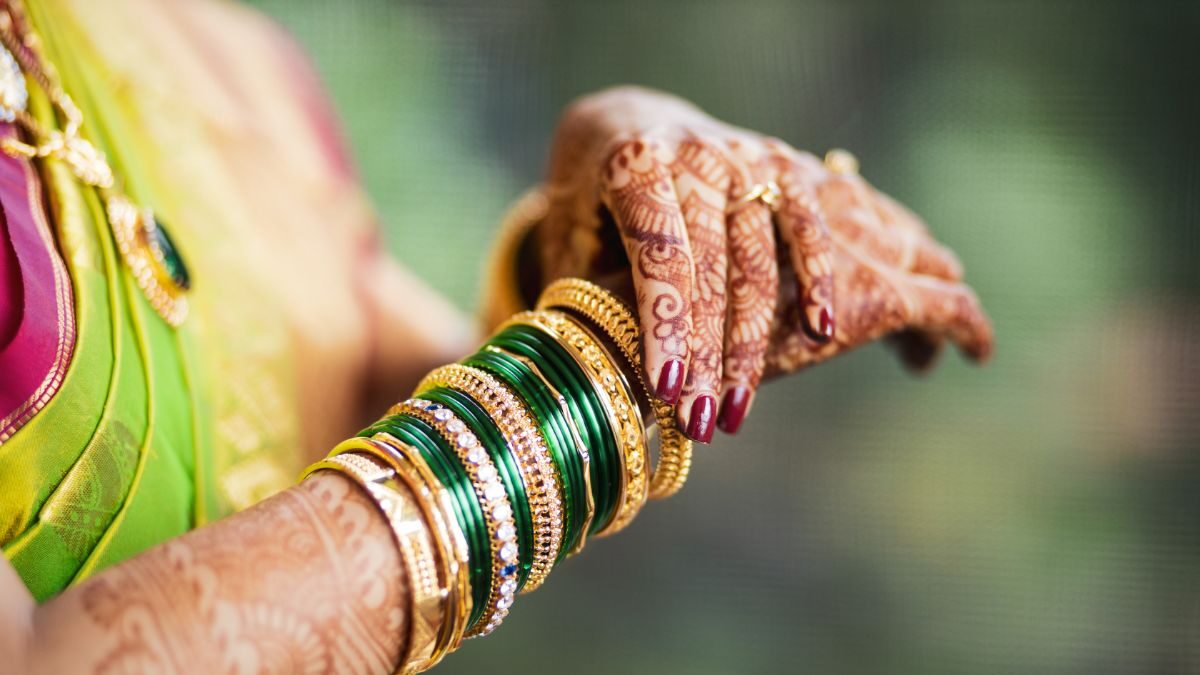
Chuddo Ceremony, also called the bangle ceremony, usually happens at the bride’s maternal uncle’s house. In this ceremony, the bride’s hands fill with green glass bangles mixed with gold ones.This represents the start of her new life. The bride also wears payals, earrings, toe rings, and other jewellery. Her relatives give her gifts as blessings.
Mehendi and Sangeet
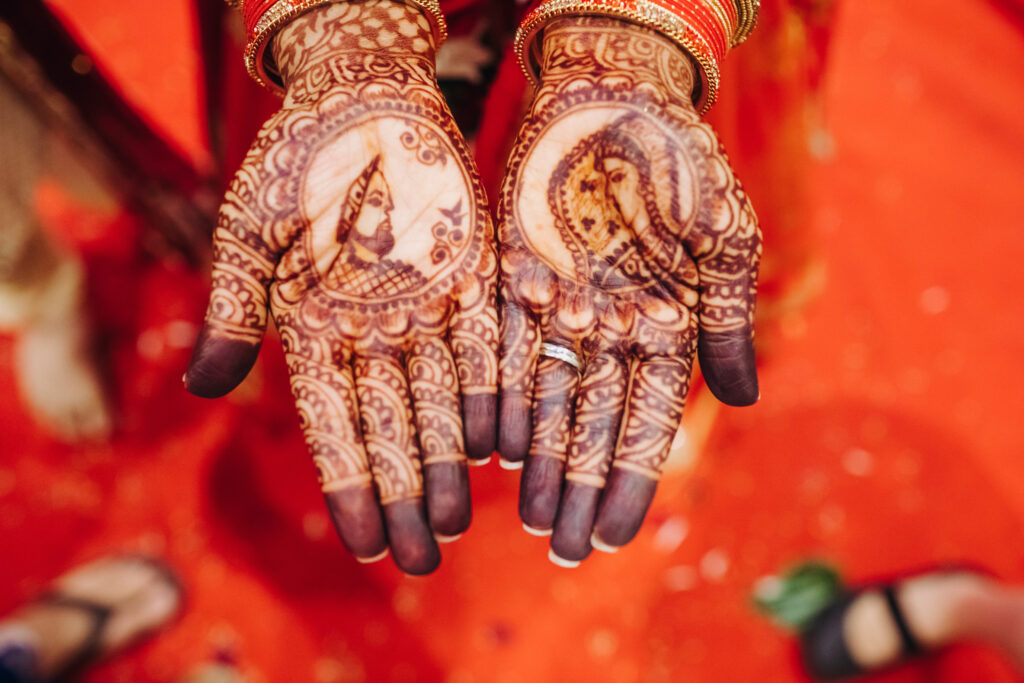
In the Mehendi ceremony, a henna artist decorates the bride’s hands and feet with beautiful designs at her home. Other women and girls also get henna on their hands. After the Mehendi, the Sangeet ceremony happens. This is a fun time filled with music and dancing. Family members and relatives perform dance shows, and DJs and musicians are there to keep everyone entertained.
Haldi Ceremony
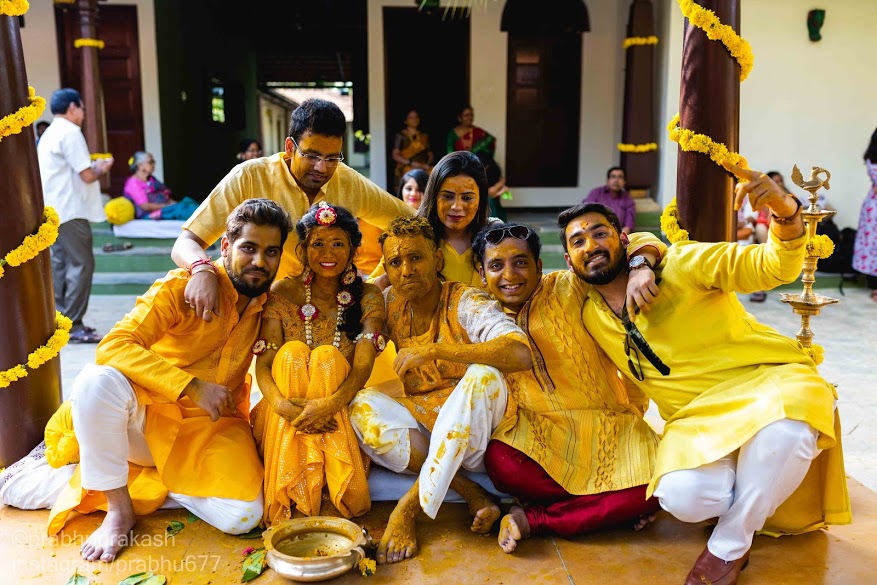
The Haldi ceremony is like the Roce ceremony in Christian weddings. In this ceremony, a turmeric paste is put on the bride and groom at their homes. The Haldi is used to purify them and make their skin glow. It has natural properties that help clean the skin, making the bride and groom look more beautiful.
Wedding Ceremony
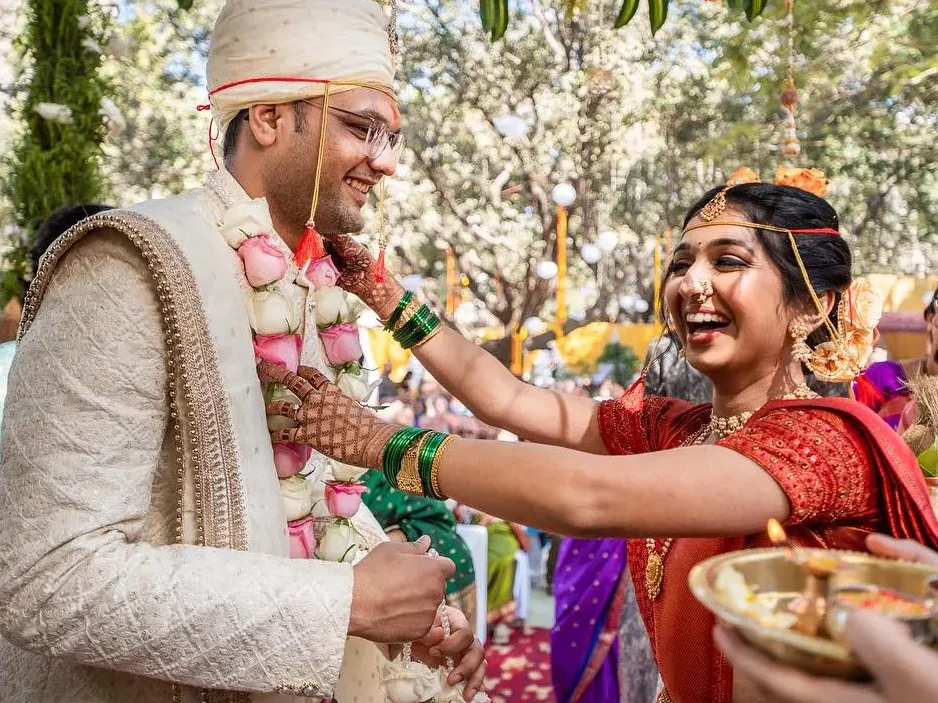
On the main wedding day for Hindus in Goa, the celebration is bright and full of life. The bride and groom wear beautiful clothes and take part in important rituals that show their new life together. The ceremony happens under a decorated tent, with family and friends around them. There are prayers, they exchange garlands, and a sacred fire, or “agni,” witnesses their vows. Music and dancing make it a happy time for everyone.
Panchpartavan
The Panchpartavan ceremony happens five days after the wedding. In this ceremony, the bride’s family invites the groom and his family to their home. It is a gathering for both families. The bride’s family takes care of everything, including food, entertainment, and gifts for the groom’s family.
Conclusion
Goan Catholic and Hindu weddings are full of life, love, and traditions. Each wedding reflects the couple’s culture, making it special. Whether it’s the heartfelt promises in a church or the fun rituals at home, Goan weddings celebrate joy, family, and community.

